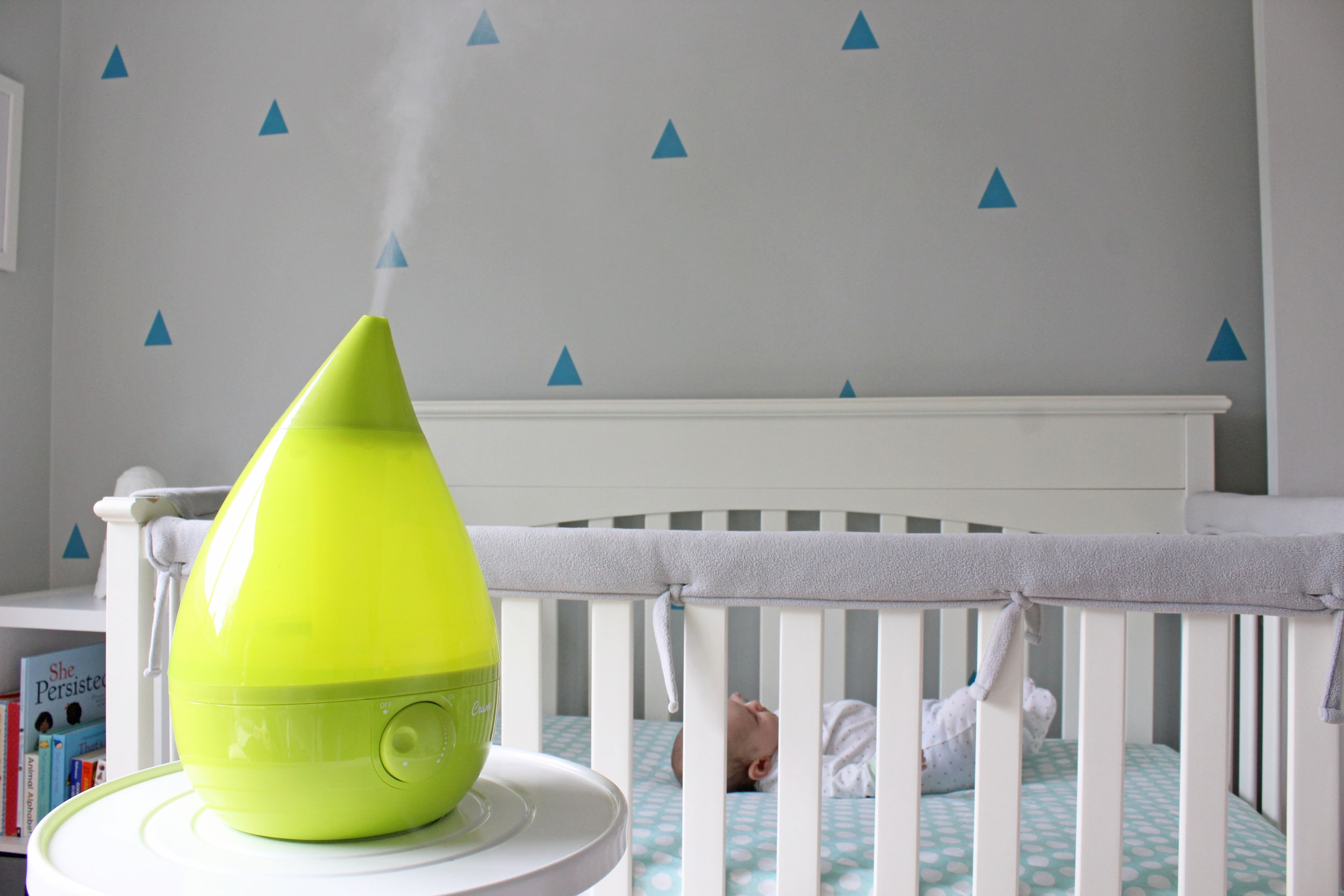

Articles
Where To Put A Humidifier
Modified: November 1, 2024
Looking for articles on where to put a humidifier? Discover expert tips and advice on finding the perfect spot for your humidifier.
(Many of the links in this article redirect to a specific reviewed product. Your purchase of these products through affiliate links helps to generate commission for Storables.com, at no extra cost. Learn more)
Introduction
Humidifiers are devices that add moisture to the air, helping to combat dryness and improve indoor air quality. They can be particularly beneficial during the winter months when the air tends to be drier due to central heating systems. Finding the right placement for your humidifier is crucial to maximize its effectiveness and ensure optimal comfort in your home.
In this article, we will explore the benefits of using a humidifier, factors to consider before placing one, and provide guidance on the best placement options for different rooms in your home. Whether you need to improve air quality in your bedroom, living room, nursery, home office, kitchen, or bathroom, we’ve got you covered.
Before we dive into the details, it’s important to note that different types of humidifiers will have different placement requirements. It’s always a good idea to consult the manufacturer’s instructions for your specific model. Additionally, proper maintenance and care of your humidifier will ensure its longevity and effectiveness.
Now, let’s explore the benefits of using a humidifier in the next section.
Key Takeaways:
- Proper placement of a humidifier in different rooms can enhance comfort, improve sleep quality, and alleviate respiratory issues by adding moisture to the air.
- Consider room size, humidity levels, and safety concerns when deciding where to place a humidifier, ensuring optimal effectiveness and health benefits.
Read more: What To Put In A Humidifier
Benefits of Using a Humidifier
Using a humidifier in your home can provide a range of benefits for both your health and overall comfort. Here are some key advantages:
- Relieves Dry Skin and Lips: Dry air can cause skin to become parched and lips to crack. By adding moisture to the air with a humidifier, you can help keep your skin and lips hydrated, preventing discomfort and irritation.
- Eases Respiratory Issues: Dry air can aggravate respiratory conditions such as allergies, asthma, and sinus problems. A humidifier adds moisture to the air, which helps soothe irritated nasal passages, reduce congestion, and alleviate coughing and wheezing.
- Prevents Dry Eyes: Dry air can also lead to dry and irritated eyes. A humidifier helps to maintain a comfortable level of moisture in the air, reducing the risk of dryness and discomfort in your eyes.
- Reduces Snoring: Dry air can cause the throat and nasal passages to become dry, leading to snoring. By introducing humidity into the air, a humidifier can help lubricate these passages, reducing snoring and promoting a more restful sleep.
- Protects Wooden Furniture and Floors: Dry air can cause wood to shrink and crack. By using a humidifier, you can prevent damage to wooden furniture, floors, and musical instruments, as the humidity helps to maintain the wood’s moisture content.
- Improves Sleep Quality: Dry air can lead to a dry and scratchy throat, making it uncomfortable to sleep. By using a humidifier in the bedroom, you can add moisture to the air and create a more comfortable sleeping environment, promoting better sleep quality.
- Reduces Static Electricity: Dry air can create static electricity, resulting in annoying shocks and clingy clothes. A humidifier helps to balance the moisture in the air, minimizing static electricity and creating a more comfortable living environment.
- Supports Houseplants: Many houseplants thrive in environments with higher humidity levels. By using a humidifier, you can create an ideal environment for your indoor plants, promoting their growth and overall health.
These are just a few of the many benefits of using a humidifier in your home. Now that we understand the advantages, let’s explore the factors to consider before placing a humidifier in the next section.
Factors to Consider Before Placing a Humidifier
Before deciding on the placement of your humidifier, it’s important to consider a few factors to ensure its effectiveness and safety. Here are some key factors to keep in mind:
- Room Size: Consider the size of the room where you plan to place the humidifier. Different humidifiers have coverage areas, so choose one that is suitable for the size of the room to ensure optimal humidity levels.
- Humidity Level: Assess the current humidity level in your home. You can use a hygrometer, a device that measures humidity, to determine the ideal humidity range. Aim for a range of 30% to 50% for comfortable living conditions.
- Type of Humidifier: Different types of humidifiers, such as cool mist, warm mist, evaporative, or ultrasonic, have different requirements for placement and maintenance. Consider the benefits and drawbacks of each type, and choose the one that best suits your needs.
- Noise Level: Some humidifiers can produce noise while in operation. If you’re sensitive to sounds or plan to place the humidifier in your bedroom, opt for a model with a quiet operation or consider a white noise machine to mask any noise produced.
- Accessibility: Ensure the humidifier is easily accessible for refilling water and cleaning. Placing it somewhere within reach will make maintenance more convenient and encourage regular upkeep.
- Power Outlet Availability: Consider the location of power outlets in the room. Make sure there is a nearby outlet for the humidifier to be plugged in. Using extension cords should be avoided as it can pose a safety hazard.
- Safety Concerns: Keep the humidifier away from the reach of children and pets to prevent any accidents. Also, be cautious of placing it on surfaces that can be damaged by moisture, such as wooden furniture or delicate electronics.
By taking these factors into consideration, you can determine the most suitable placement for your humidifier and ensure its effective and safe operation. In the following sections, we will discuss the best placement options for humidifiers in different rooms of your home.
Ideal Rooms for Placing a Humidifier
While you can place a humidifier in any room of your home, there are certain rooms where it can be particularly beneficial. Here are some ideal rooms for placing a humidifier:
- Bedroom: The bedroom is a common choice for placing a humidifier, as it can help improve sleep quality by adding moisture to the air. It can alleviate snoring, soothe dry throats, and prevent dry skin and lips during the night.
- Living Room: Placing a humidifier in the living room can benefit the entire family, as it is a central space where everyone spends time together. It can help maintain a comfortable humidity level, especially during dry winter months.
- Nursery or Children’s Room: Infants and children are more susceptible to dry air, which can lead to respiratory discomfort. Placing a humidifier in the nursery or children’s room can help ensure a healthy and comfortable environment for them to sleep and play.
- Home Office: If you work from home, placing a humidifier in your home office can help create a more comfortable and productive environment. It can prevent dry eyes, reduce static electricity, and alleviate any respiratory issues caused by dry air.
- Kitchen: While the kitchen may not be the first room that comes to mind for a humidifier, it can help combat dryness caused by cooking and frequent use of heat-generating appliances. It can also prevent wooden cabinets and surfaces from drying out.
- Bathroom: Placing a humidifier in the bathroom can help add moisture to the air, particularly after hot showers or baths. This can prevent the bathroom from becoming excessively dry, which can lead to skin dryness and other discomforts.
Consider the specific needs and usage patterns of each room in your home when deciding where to place a humidifier. Now, let’s delve into the best placement options for humidifiers in different rooms.
Best Placement Options for Humidifiers in Different Rooms
The placement of your humidifier plays a crucial role in its effectiveness and ensuring optimal comfort in different rooms. Let’s explore the best placement options for humidifiers in various rooms of your home:
- Bedroom: Place the humidifier on a nightstand or dresser near your bed. Ensure that it is at a safe distance from your face to prevent excessive moisture. Also, consider using a humidifier with a quiet operation to avoid any disturbances during sleep.
- Living Room: Position the humidifier in a central location in the living room, preferably elevated on a sturdy table or shelf. This allows the moisture to disperse evenly throughout the room. Avoid placing it near electronics or on wooden furniture that may be sensitive to moisture.
- Nursery or Children’s Room: Place the humidifier on a stable surface, away from the reach of children. Keep it at a safe distance from the crib or bed to avoid any potential hazards. Opt for a cool mist humidifier to eliminate the risk of accidental burns.
- Home Office: Position the humidifier on a desk or nearby shelf in your home office. Ensure that it doesn’t obstruct your work area or electronic devices. Consider using a humidifier with adjustable settings to control the humidity level based on your preferences.
- Kitchen: Place the humidifier on a kitchen counter, away from water sources and heat-generating appliances. This can help combat dryness caused by cooking and prevent wooden cabinets or surfaces from drying out. Regularly clean the humidifier to avoid any potential mold growth due to food particles.
- Bathroom: Position the humidifier on a stable surface, such as a countertop or shelf, in the bathroom. Place it away from direct contact with water to prevent any potential damage. Run the humidifier after taking hot showers or baths to add moisture back into the air.
Remember to follow the manufacturer’s instructions for your specific humidifier model regarding placement and distance recommendations. Regularly monitor the humidity levels in the room using a hygrometer to ensure that they stay within the desired range.
By placing your humidifier in the optimal location for each room, you can maximize its effectiveness and enjoy the benefits of properly humidified air.
Read more: Where To Buy A Humidifier
Placing a Humidifier in the Bedroom
The bedroom is a popular room for placing a humidifier, as it is where we spend a significant amount of time, especially during sleep. Proper placement of the humidifier in the bedroom can help improve sleep quality and overall comfort. Here are some tips for placing a humidifier in the bedroom:
- Nightstand or Dresser: Consider placing the humidifier on a nightstand or dresser near your bed. This allows the moisture to disperse closer to where you sleep, providing optimal comfort throughout the night. Ensure that the humidifier is at a safe distance from your face to avoid excessive moisture or mist directly on your sleep surface.
- Elevated Position: Position the humidifier at a slightly elevated level on a sturdy table or shelf. This helps the moisture to disperse more evenly throughout the room, preventing it from settling too close to the floor.
- Avoid Electronics: Keep the humidifier away from any electronic devices or appliances that may be sensitive to moisture. The mist released by the humidifier can potentially damage electronics, so it’s best to maintain a safe distance to prevent any accidents.
- Quiet Operation: Consider using a humidifier with a quiet operation in the bedroom. Excessive noise can disrupt sleep, so choosing a model specifically designed for quiet performance can ensure a restful night’s sleep.
- Regular Maintenance: Proper maintenance is essential to ensure the effectiveness and safety of your humidifier. Regularly clean and refill the water tank according to the manufacturer’s instructions to prevent the growth of mold or bacteria. This will ensure that you’re breathing in clean and healthy moisture.
Additionally, it’s important to monitor the humidity levels in your bedroom. You can use a hygrometer, a device that measures humidity, to ensure that the humidity remains within the desired range of 30% to 50% for optimal comfort and health.
By following these tips and placing the humidifier in an appropriate location in your bedroom, you can enhance your sleep environment and experience the benefits of properly humidified air.
Place the humidifier in a central location in the room, away from walls and furniture to allow for even distribution of moisture. Keep it at least 2 feet off the ground to prevent moisture buildup on surfaces.
Placing a Humidifier in the Living Room
The living room is a central space where family members often gather to relax, watch TV, or entertain guests. Placing a humidifier in the living room can help maintain a comfortable humidity level and provide numerous benefits. Here are some tips for placing a humidifier in the living room:
- Central Location: Position the humidifier in a central area of the living room. This allows the moisture to disperse more evenly throughout the space, benefiting everyone in the room.
- Elevated Placement: Place the humidifier on a sturdy table, shelf, or dedicated humidifier stand. Elevating the humidifier helps the mist to distribute more effectively, preventing it from settling too close to the floor.
- Avoid Water Damage: Keep the humidifier away from electronics, wooden furniture, and any surfaces that may be sensitive to moisture. The mist released by the humidifier can potentially cause damage, so it’s important to maintain a safe distance and prevent any mishaps.
- Proper Spacing: Make sure there is enough space around the humidifier for proper air circulation. Avoid placing it too close to walls or furniture, as this can obstruct the flow of moist air and reduce its effectiveness.
- Consider Humidifier Design: Some humidifiers have aesthetically pleasing designs that can blend seamlessly with your living room decor. Consider choosing a humidifier with a design that complements the overall style of your living room.
- Regular Maintenance: To ensure optimal performance and avoid any health issues, it’s important to regularly clean and maintain your humidifier. Follow the manufacturer’s instructions for cleaning and refilling the water tank to prevent the growth of mold or bacteria.
Remember to monitor the humidity levels in your living room using a hygrometer. Aim for a range of 30% to 50% to maintain comfortable living conditions and reap the benefits of properly humidified air.
By following these tips and placing your humidifier in a suitable location in the living room, you can create a more comfortable living environment for you and your family.
Placing a Humidifier in the Nursery or Children’s Room
The nursery or children’s room is a space where comfort and wellness are of utmost importance. Placing a humidifier in this room can help create a healthy and comfortable environment for your little ones. Here are some tips for placing a humidifier in the nursery or children’s room:
- Safe Distance from Children: Ensure that the humidifier is placed at a safe distance from your child’s reach. Consider placing it on a stable surface such as a dresser or shelf, away from the crib or bed, to avoid any potential hazards.
- Cool Mist Humidifier: Opt for a cool mist humidifier in the nursery or children’s room. Cool mist humidifiers are safer as they don’t heat the water, eliminating the risk of accidental burns.
- Proper Spacing: Allow enough space around the humidifier for proper air circulation. Ensure that it is not placed too close to walls, furniture, or curtains, as this can hinder the distribution of moisture in the room.
- Easy-to-Clean Design: Choose a humidifier with an easy-to-clean design. Regular maintenance is crucial to prevent the growth of mold or bacteria. Look for a model with removable parts or components that are dishwasher-safe for convenience.
- Quiet Operation: Select a humidifier with a quiet operation, especially for the nursery or children’s room. Excessive noise can disrupt sleep or playtime, so a quiet humidifier will ensure a peaceful environment.
- Child-Friendly Design: Consider choosing a humidifier with a child-friendly design. Some models feature fun shapes, colors, or built-in night lights, which can add a playful element to the room and make the humidifier more appealing to children.
- Monitoring Humidity: Use a hygrometer to monitor the humidity levels in the nursery or children’s room. Aim for a range of 30% to 50% humidity to maintain a comfortable and healthy environment for your child.
Remember to clean and refill the water tank of the humidifier regularly as per the manufacturer’s instructions to ensure clean and healthy moisture. By following these tips and placing the humidifier in the nursery or children’s room appropriately, you can provide a comfortable and conducive environment for your little ones.
Placing a Humidifier in the Home Office
Creating a comfortable and productive environment is essential for a home office. Placing a humidifier in this space can help you maintain optimal humidity levels and enhance your overall work experience. Here are some tips for placing a humidifier in the home office:
- Desktop Placement: Position the humidifier on your desk or a nearby shelf within easy reach. Placing it closer to your work area ensures that you can benefit from the added moisture while you work.
- Avoid Electronics: Keep the humidifier at a safe distance from any electronic devices to prevent potential damage caused by moisture. Ensure that the mist does not come into direct contact with your laptop, computer, or other sensitive equipment.
- Quiet Operation: Consider using a humidifier with a quiet operation in your home office. Excessive noise can be distracting and disrupt your concentration. Look for models specifically designed for quiet performance to create a peaceful work environment.
- Adjustable Settings: Opt for a humidifier with adjustable settings, allowing you to control the level of humidity based on your preferences. This enables you to customize the humidity level in your home office to create the most comfortable working conditions.
- Regular Maintenance: Proper maintenance is essential for the effective and safe operation of your humidifier. Follow the manufacturer’s instructions for cleaning and refilling the water tank to prevent the growth of mold or bacteria. Regular maintenance will ensure that you’re breathing in clean and healthy moisture.
- Hygrometer Monitoring: Use a hygrometer to monitor the humidity levels in your home office. Aim for a range of 30% to 50% humidity, which is ideal for maintaining a comfortable and conducive work environment.
By placing the humidifier in an appropriate location in your home office, you can create a comfortable and productive atmosphere. Remember to regularly maintain and monitor the humidity levels to reap the maximum benefits of a properly humidified workspace.
Placing a Humidifier in the Kitchen
The kitchen is a space where cooking and daily activities can contribute to dry air. Placing a humidifier in the kitchen can help combat dryness and improve the overall comfort of the area. Here are some tips for placing a humidifier in the kitchen:
- Kitchen Counter Placement: Consider placing the humidifier on the kitchen counter, away from water sources and heat-generating appliances. This location allows the humidity to disperse effectively throughout the kitchen.
- Avoid Water Damage: Keep the humidifier at a safe distance from the sink, stove, and any other areas where water may splash. Moisture-sensitive surfaces, such as wooden cabinets or electronics, should be protected from direct contact with the mist.
- Proper Spacing: Allow sufficient space around the humidifier for proper air circulation. Avoid placing it too close to walls or other objects that can obstruct the flow of moist air and reduce its effectiveness.
- Regular Maintenance: Cleaning and maintaining your humidifier is crucial in the kitchen due to potential exposure to food particles and oils. Follow the manufacturer’s instructions for regular cleaning and refilling the water tank to prevent the growth of mold or bacteria.
- Kitchen Safety: Ensure that the placement of the humidifier does not interfere with your cooking or create any safety hazards. Keep it away from open flames or hot surfaces to prevent any accidents or damage to the humidifier.
- Consider Humidifier Size: Take into account the size of your kitchen when selecting a humidifier. Larger kitchens may require a humidifier with a higher capacity to adequately humidify the space.
It’s also important to note that using a humidifier in the kitchen can increase moisture levels, so be mindful of proper ventilation to avoid excessive humidity and prevent condensation or mold growth. Monitoring the humidity levels using a hygrometer is recommended to ensure they remain within the desired range of 30% to 50%.
By placing your humidifier strategically in the kitchen, you can combat dryness and create a more comfortable and enjoyable environment while cooking and going about your daily activities.
Placing a Humidifier in the Bathroom
The bathroom is a space where dryness can often be an issue due to hot showers and steam. Placing a humidifier in the bathroom can help combat dryness and create a more comfortable environment. Here are some tips for placing a humidifier in the bathroom:
- Stable Surface: Choose a stable surface, such as a countertop or shelf, to place the humidifier in the bathroom. This ensures that it remains secure and stationary during use.
- Safe Distance from Water: Position the humidifier at a safe distance from water sources, such as the sink or bathtub. This prevents any potential water damage to the humidifier and ensures its safe operation.
- Post-Shower Use: Run the humidifier after taking hot showers or baths. The steam from the shower or bath can create dryness in the bathroom, and using a humidifier afterward can help replenish the moisture in the air.
- Avoid Obstructions: Ensure that the humidifier is not obstructed by towels, curtains, or other objects. Allow proper airflow around the humidifier to facilitate the distribution of moist air throughout the bathroom.
- Regular Cleaning: Regularly clean the humidifier to prevent the growth of mold or bacteria due to the moist environment of the bathroom. Follow the manufacturer’s instructions for cleaning and maintaining the device to ensure its optimal performance.
It’s important to note that bathrooms are typically small, enclosed spaces. To prevent excessive humidity or condensation, it’s advisable to run the humidifier for a shorter duration or use a model with adjustable humidity settings. Monitoring the humidity levels using a hygrometer is recommended to ensure they remain within a comfortable and safe range.
By placing a humidifier in the bathroom and following these tips, you can help combat dryness, create a more comfortable environment, and mitigate the effects of dry air caused by hot showers and steam.
Conclusion
Placing a humidifier in the right location within your home can have a significant impact on your comfort, health, and overall well-being. By adding moisture to the air, humidifiers help combat dryness and create a more favorable living environment.
We explored the benefits of using a humidifier, including relieving dry skin, easing respiratory issues, and reducing static electricity. Additionally, we discussed the factors to consider before placing a humidifier, such as room size, humidity level, and type of humidifier.
For optimal results, we provided tips on the best placement options in various rooms. Whether it’s the bedroom, living room, nursery, home office, kitchen, or bathroom, we outlined the key considerations for placing a humidifier in each space.
It’s important to remember that regular maintenance and care of your humidifier are crucial to ensure its longevity and effectiveness. This includes cleaning the device according to the manufacturer’s instructions and monitoring the humidity levels in your home using a hygrometer.
By following the guidance provided in this article, you can create a healthier, more comfortable environment in your home. Properly placing a humidifier allows you to enjoy the benefits of balanced humidity levels, such as improved respiratory health, relief from dry skin and lips, reduced snoring, and protection for wooden furniture.
Remember, each room may have different requirements based on its size, purpose, and potential safety concerns. Adhering to the specific recommendations for each space will ensure optimal comfort and safety.
Ultimately, the placement of your humidifier can make a noticeable difference in your daily life. So, take the time to carefully consider the factors we discussed, select the appropriate placement options, and enjoy the benefits of a well-humidified home.
Frequently Asked Questions about Where To Put A Humidifier
Was this page helpful?
At Storables.com, we guarantee accurate and reliable information. Our content, validated by Expert Board Contributors, is crafted following stringent Editorial Policies. We're committed to providing you with well-researched, expert-backed insights for all your informational needs.
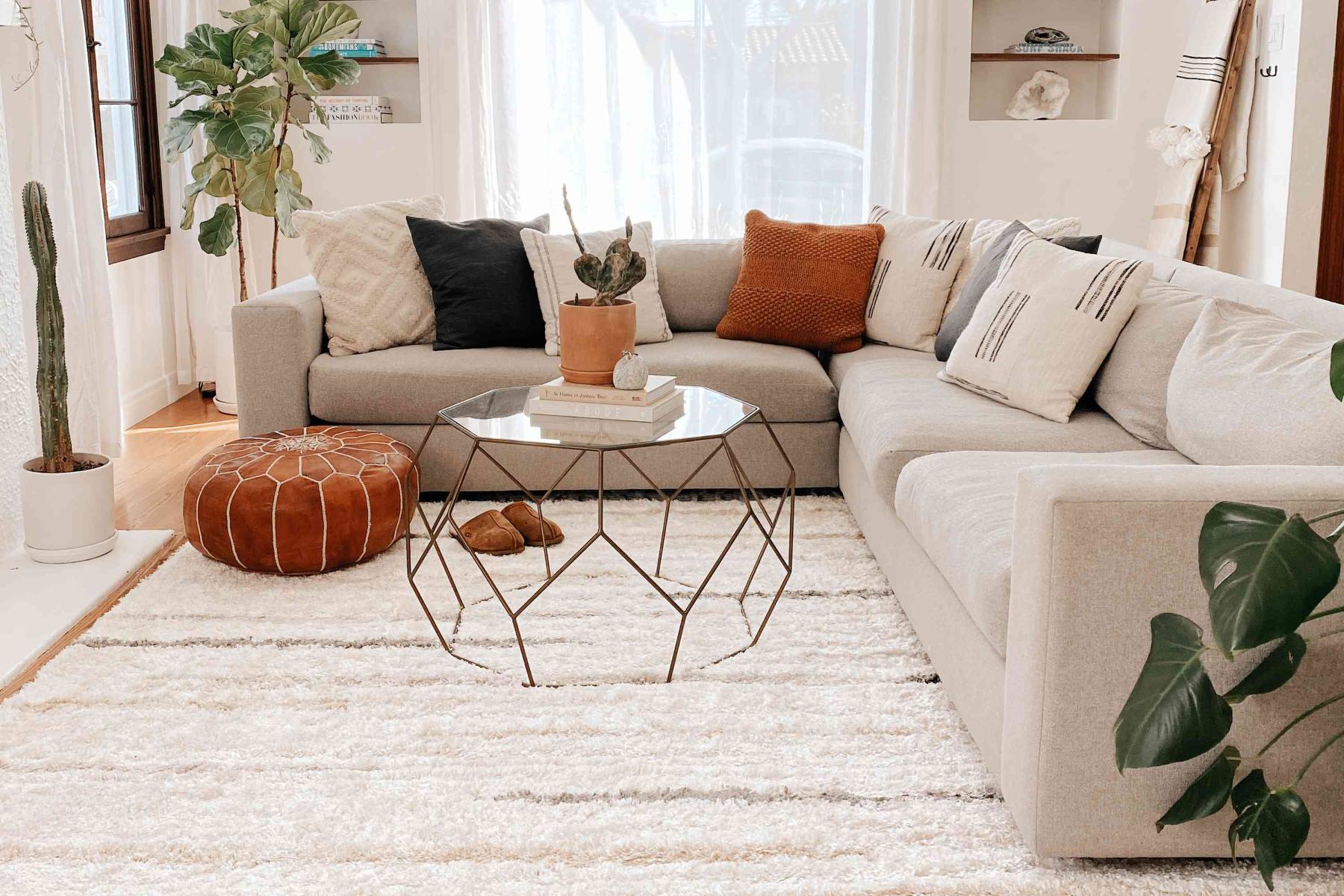
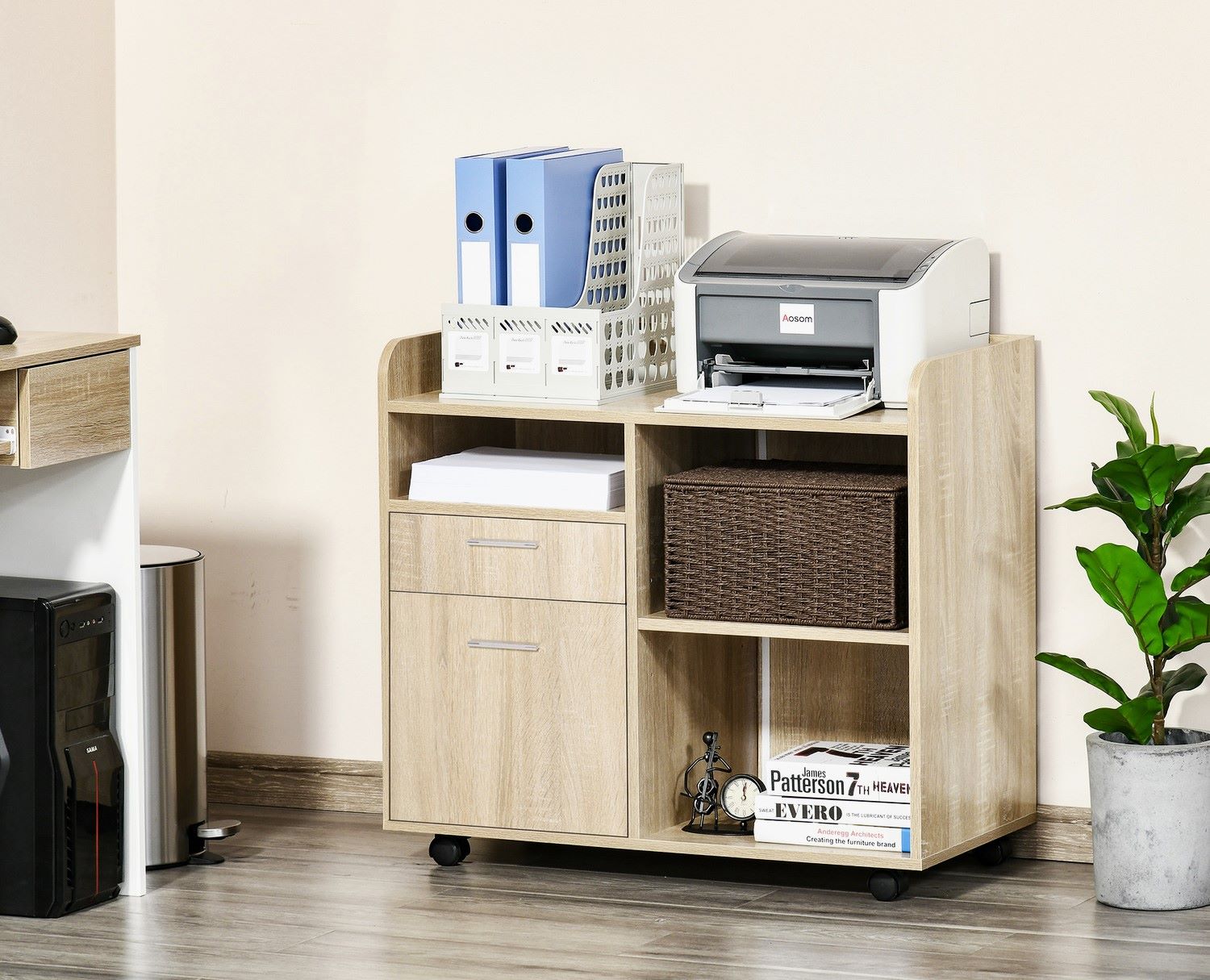
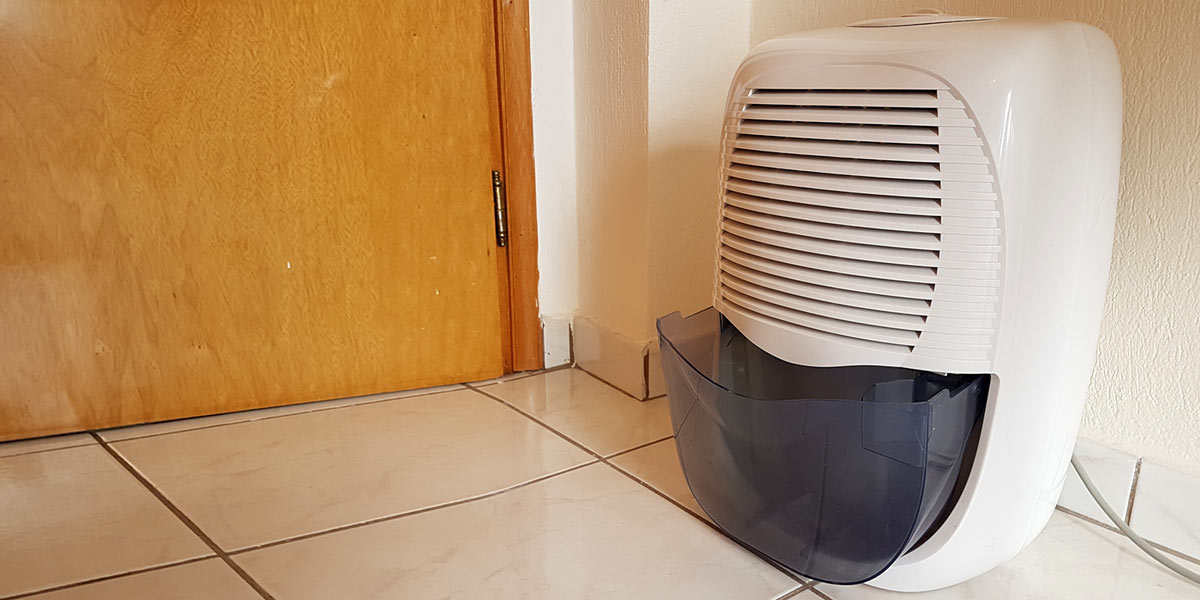
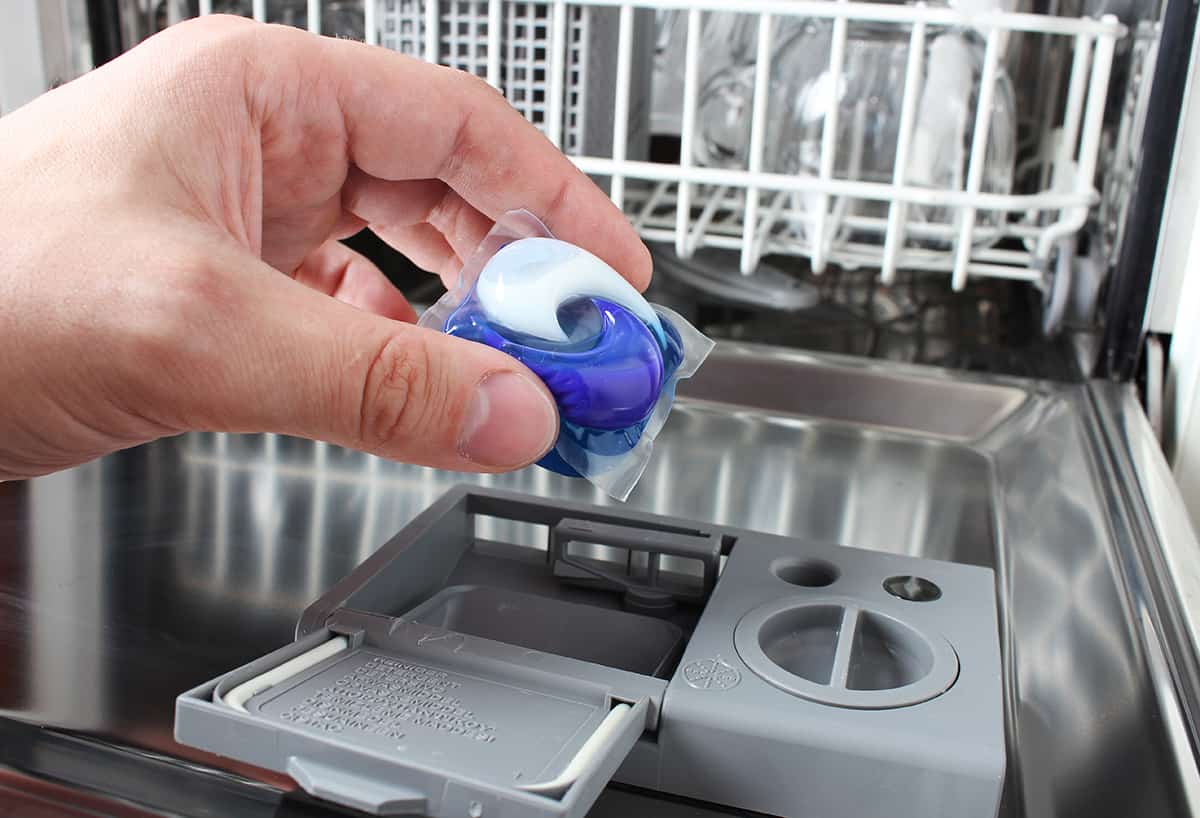
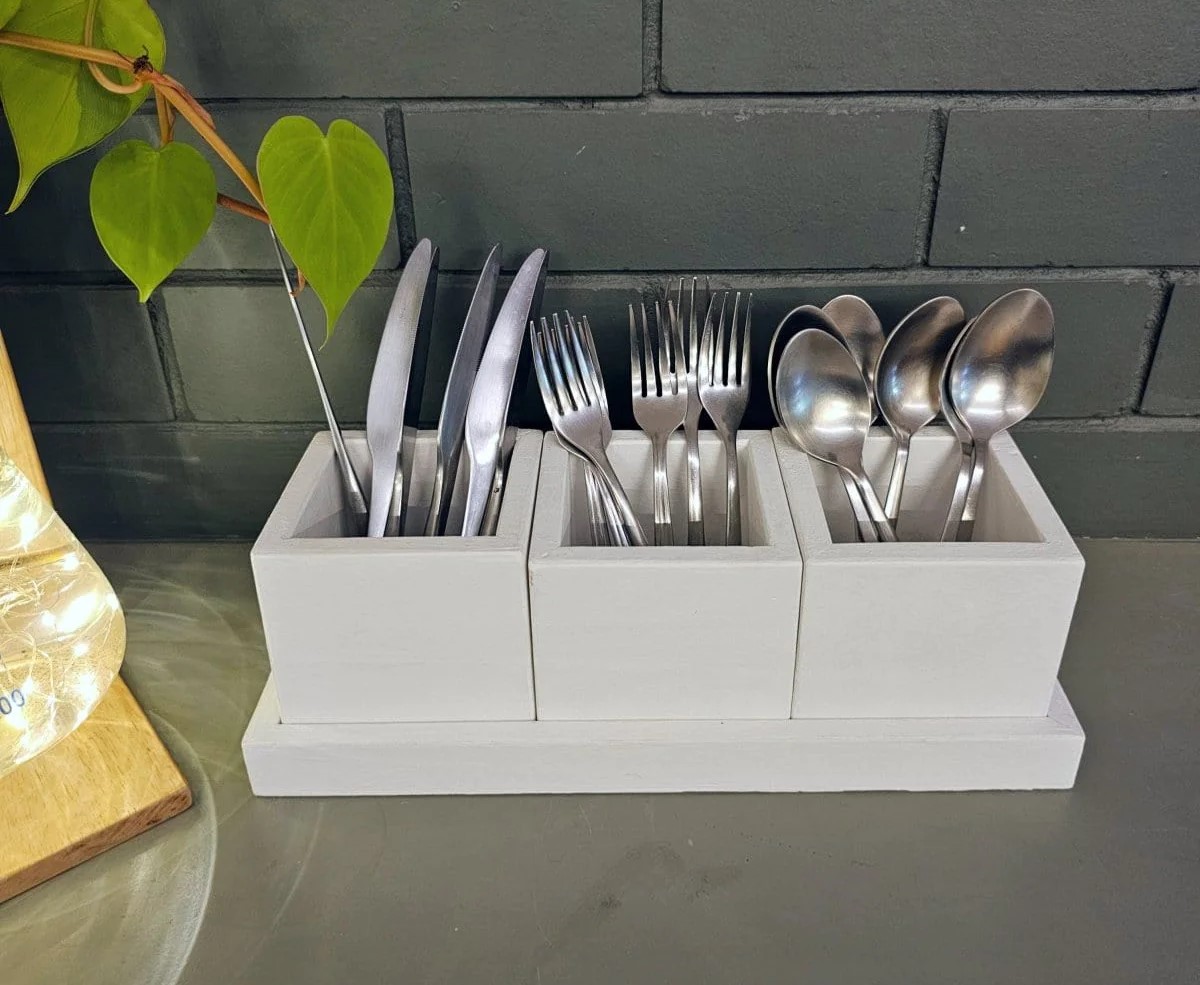
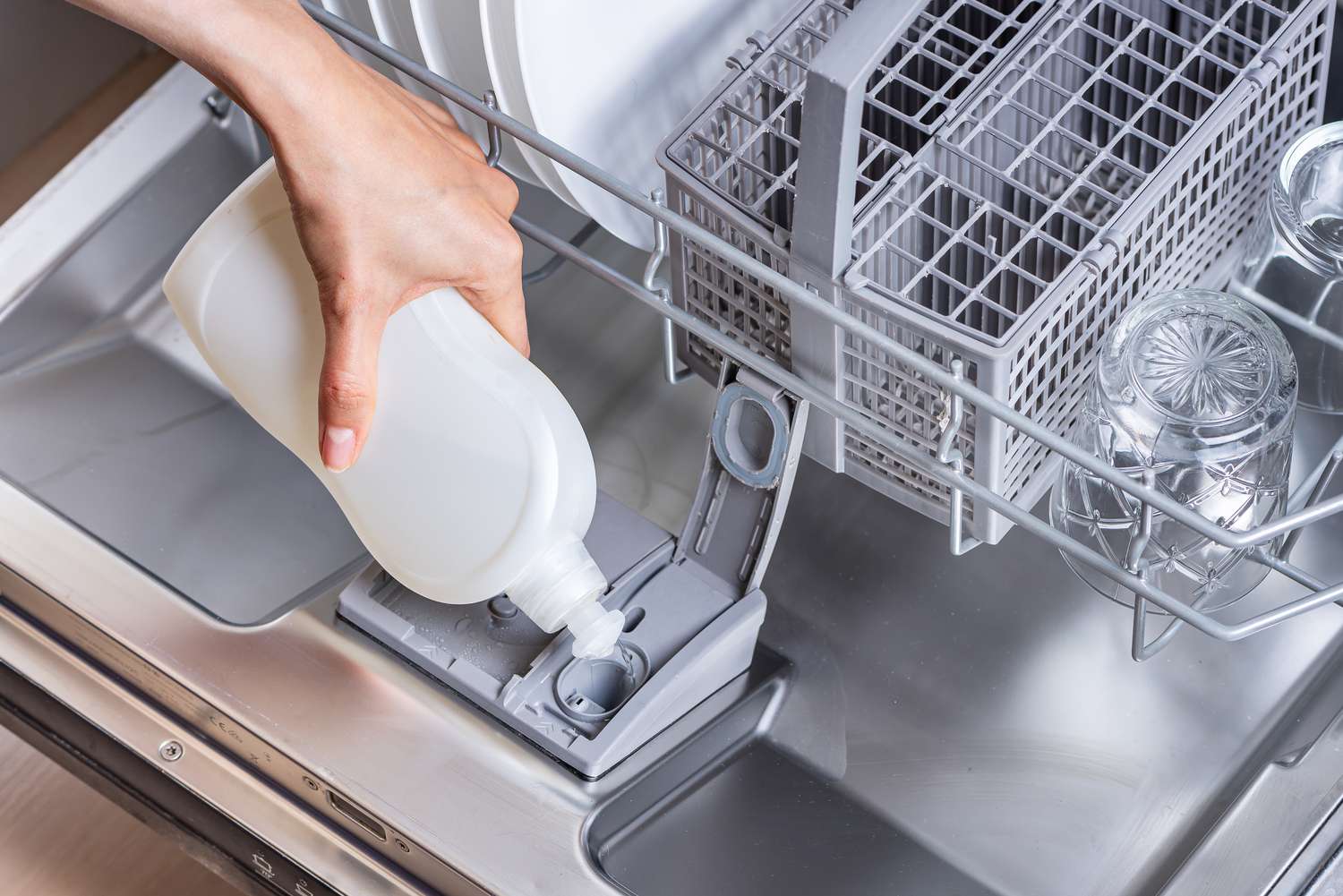

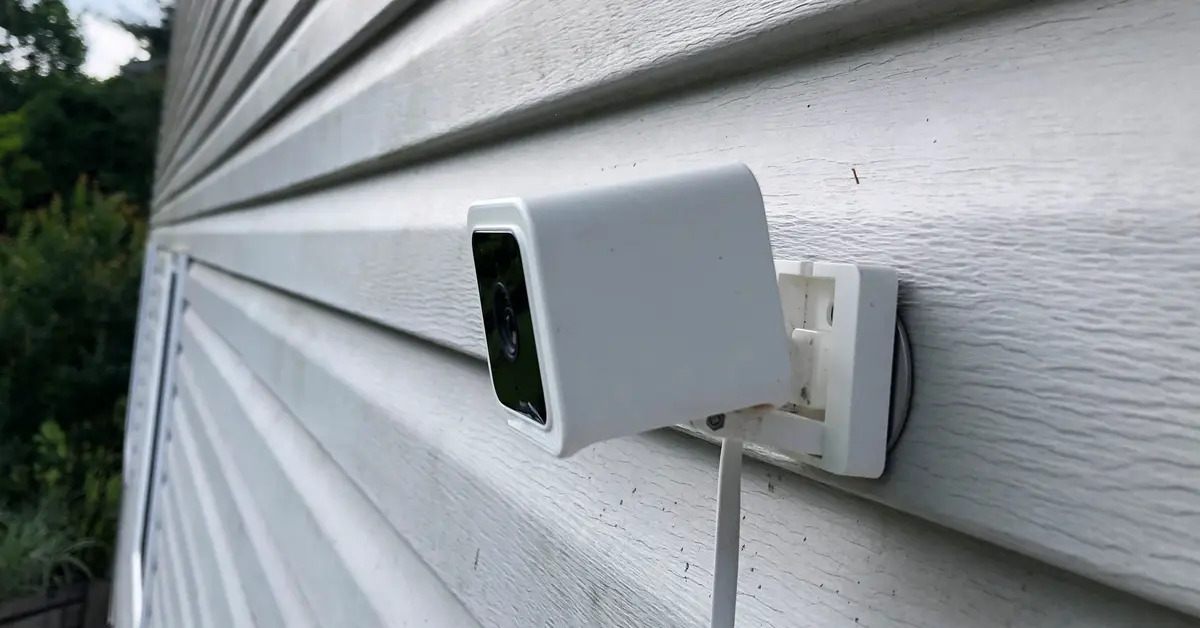

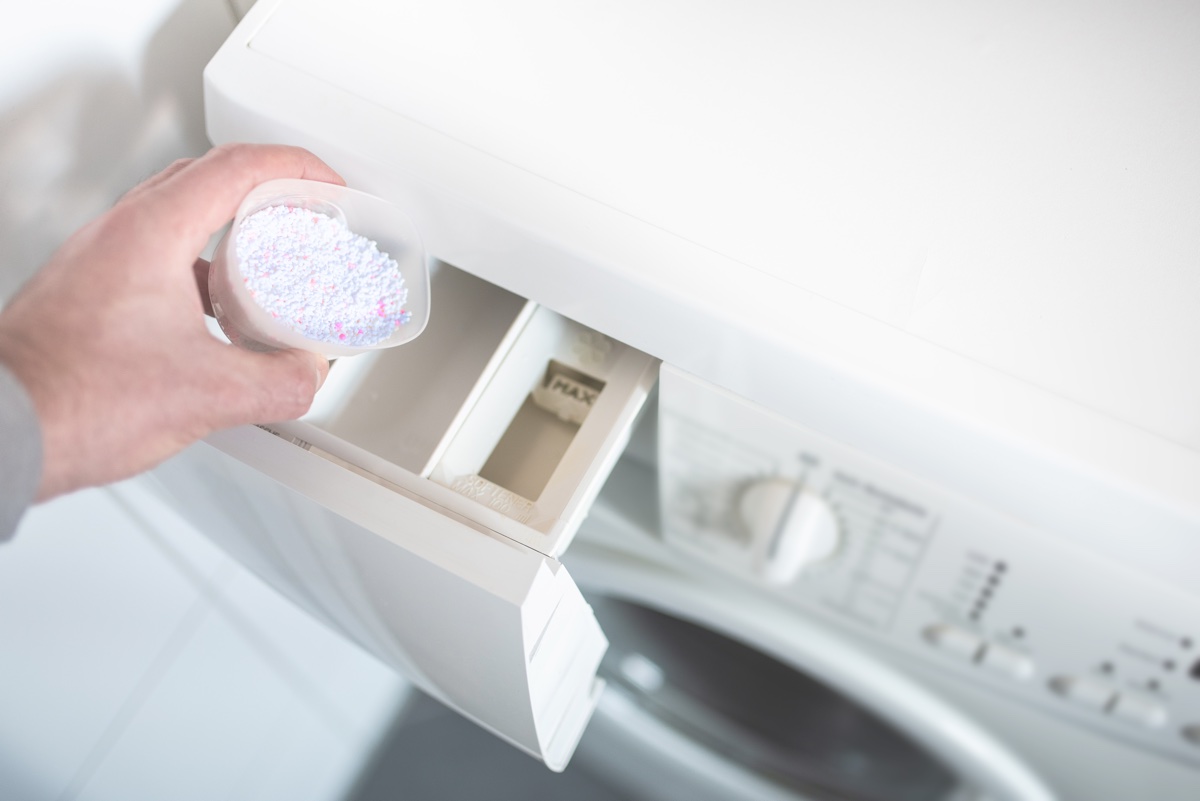
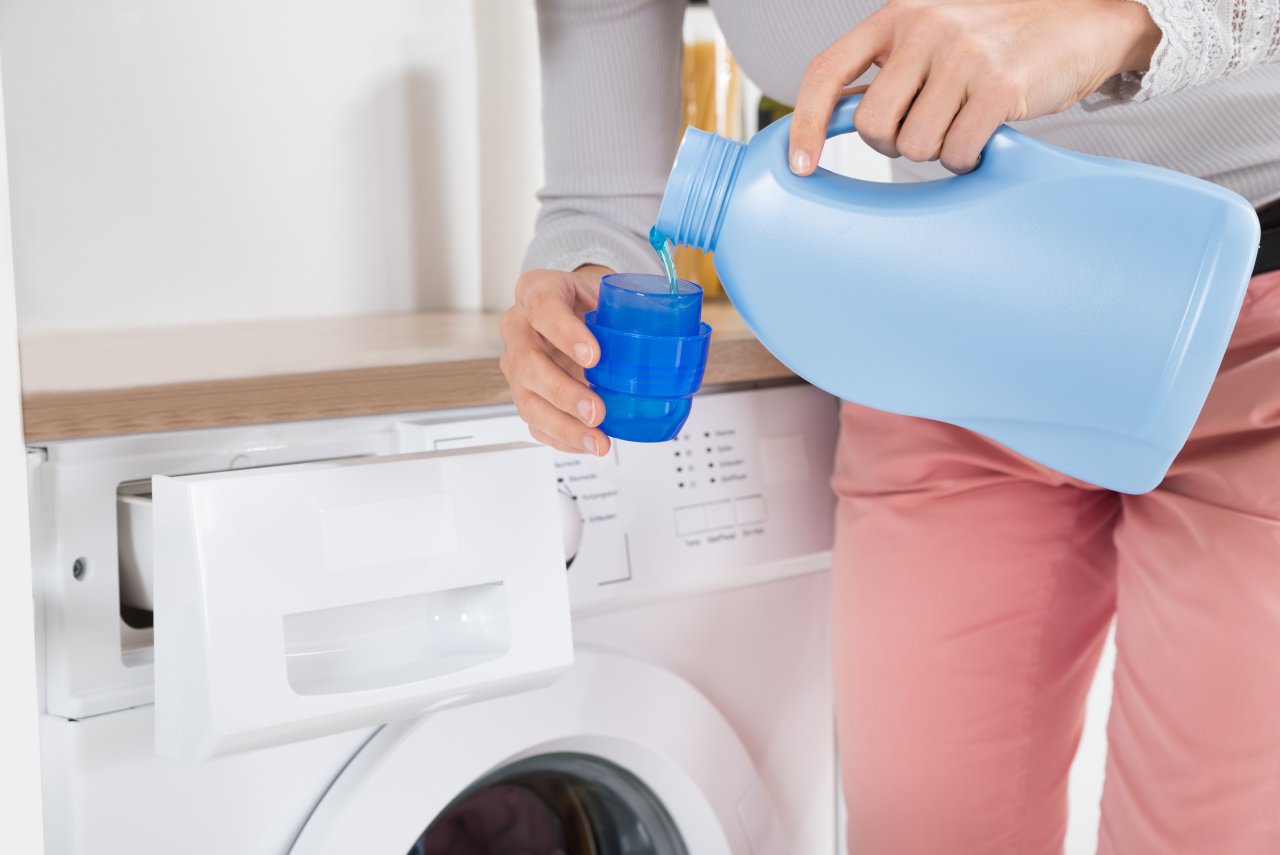
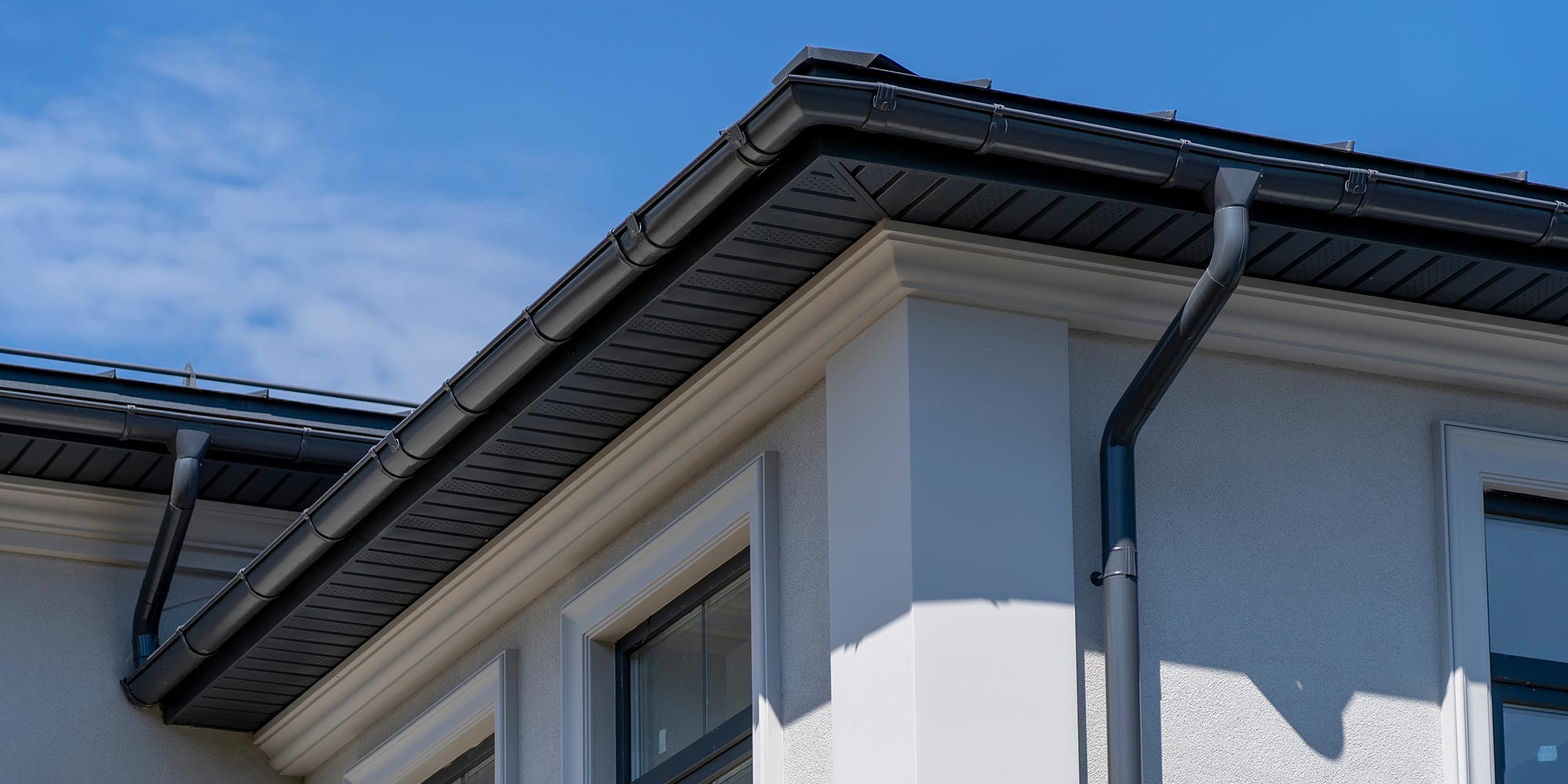
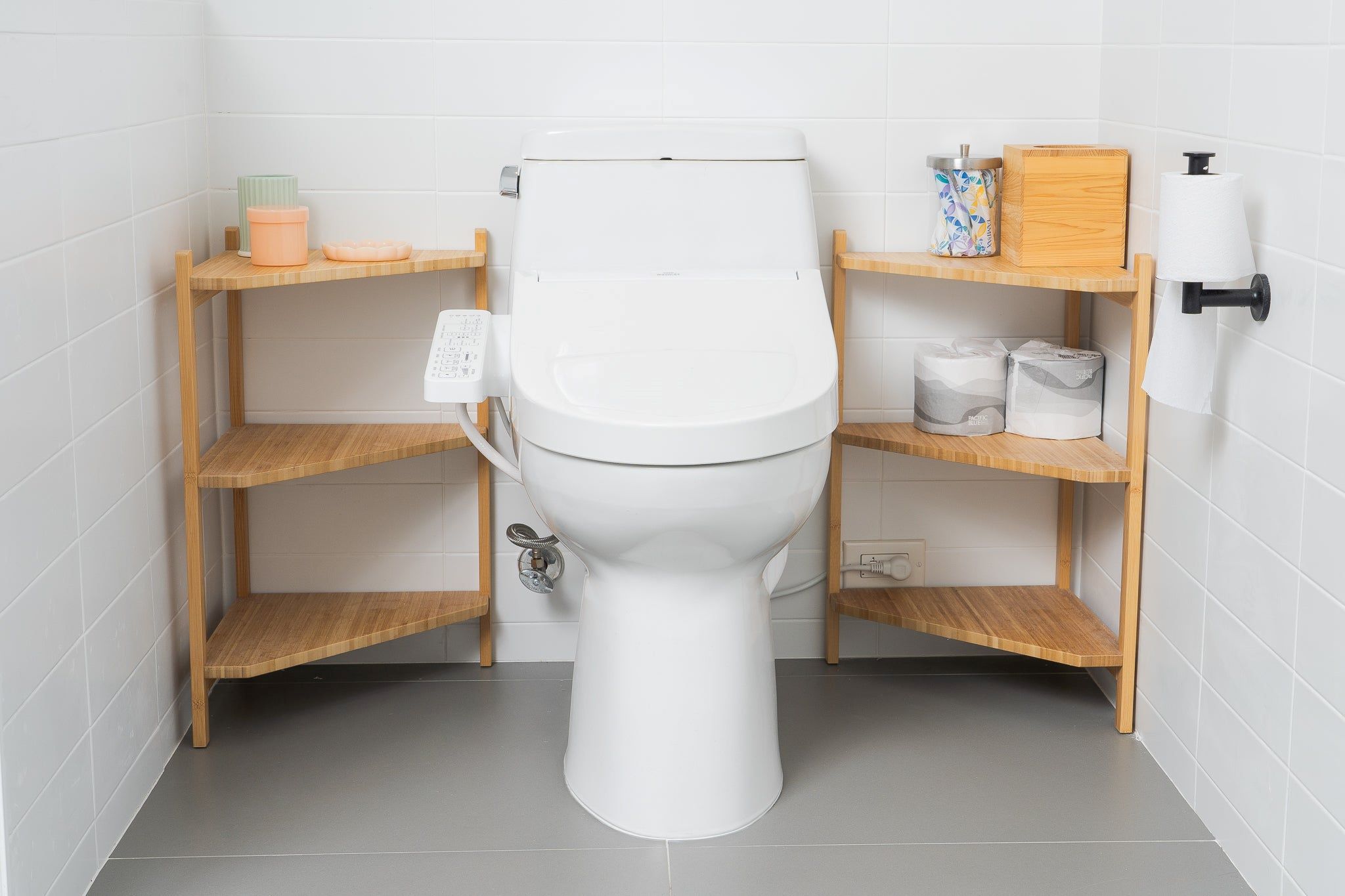

0 thoughts on “Where To Put A Humidifier”